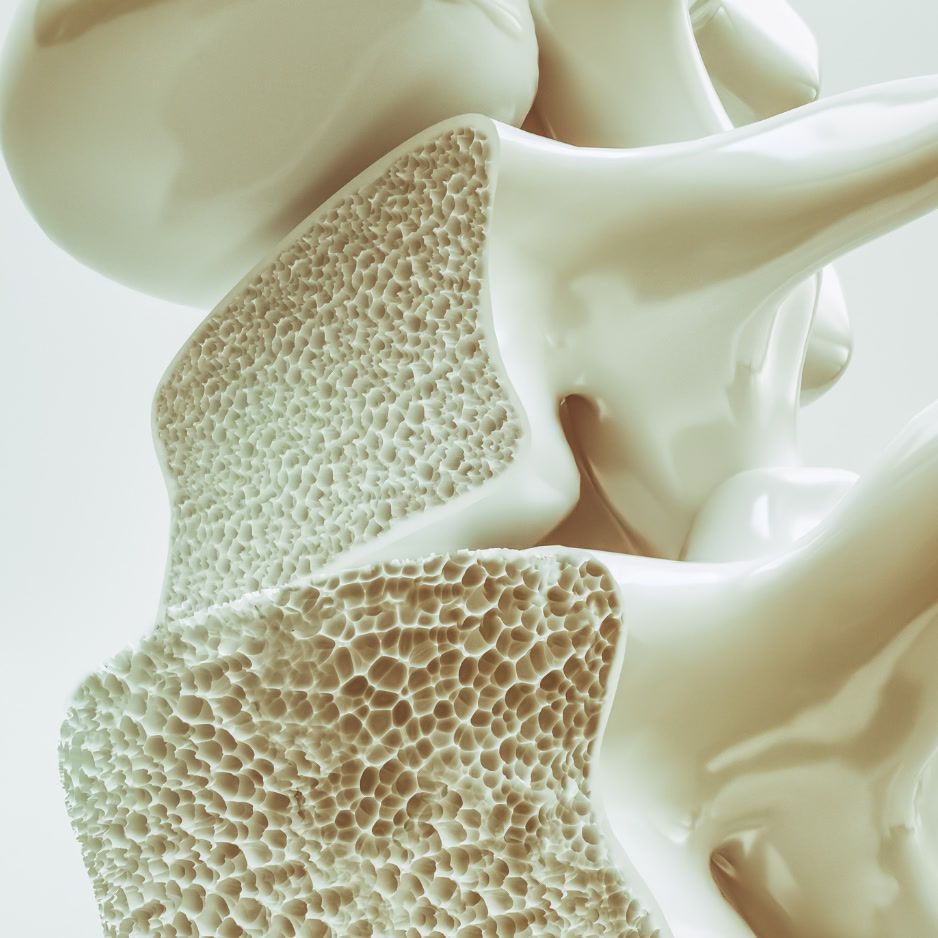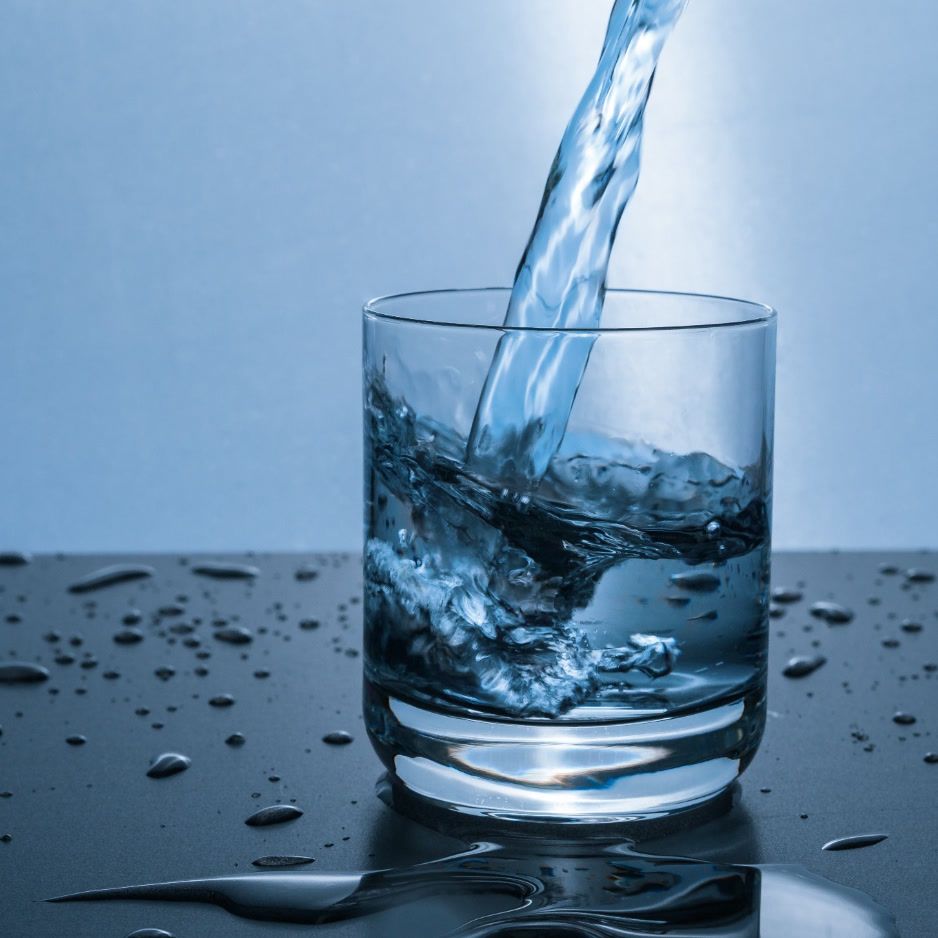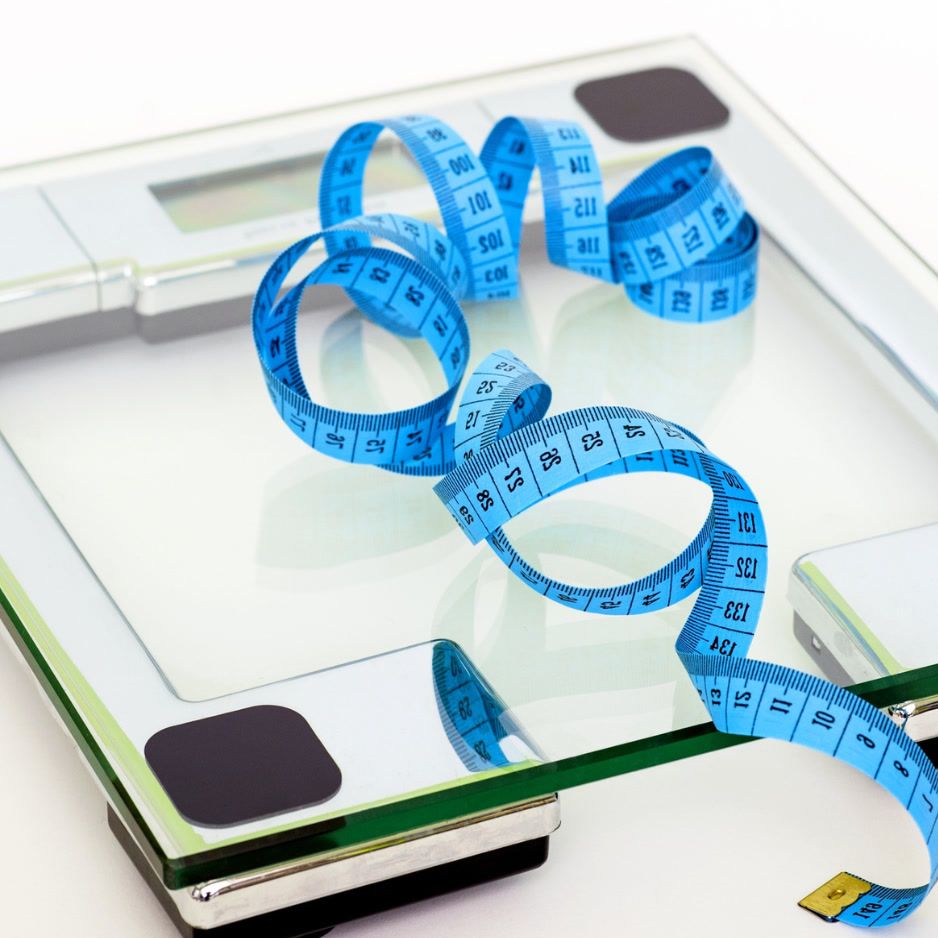Anabolic vs Catabolic: Understanding How Your Metabolism Works
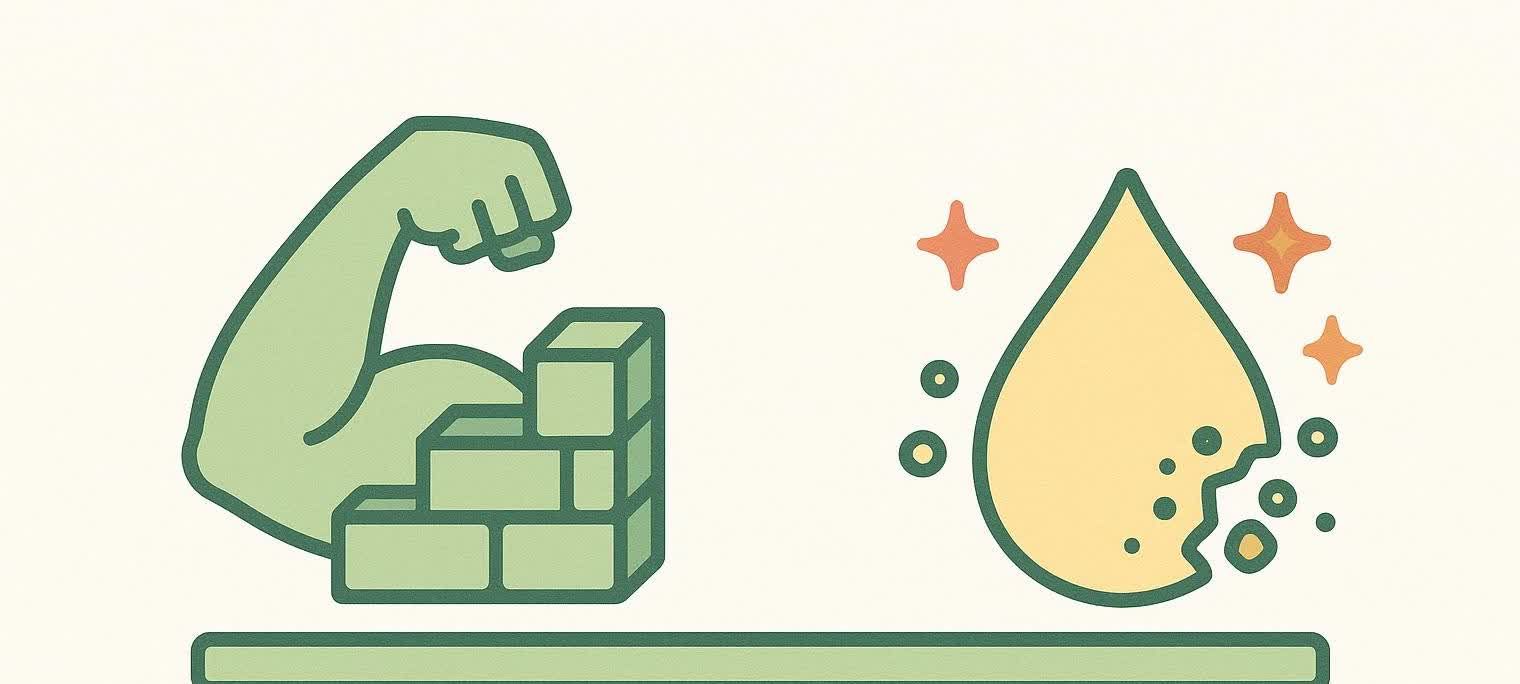
Anabolic vs Catabolic: How Your Metabolism Works
Ever wonder why some workouts leave your muscles feeling pumped and growing, while others seem to melt fat (and sometimes muscle) off your frame? The answer lies in two sides of the same metabolic coin: anabolism and catabolism.
Understanding how these states work—and how to influence them with training, nutrition, and recovery—can help you build muscle, burn fat, and track progress more accurately through consistent body-composition assessments.

Anabolic vs Catabolic at a Glance
| Feature | Anabolism | Catabolism |
|---|---|---|
| Core Function | Builds larger molecules from smaller ones (think LEGO® bricks into castles) | Breaks larger molecules into smaller units to release energy |
| Energy Equation | Endergonic (requires ATP) | Exergonic (produces ATP) |
| Key Hormones | Insulin, testosterone, estrogen, growth hormone, IGF-1 | Cortisol, glucagon, adrenaline, cytokines |
| Real-World Examples | Building muscle tissue, strengthening bone, storing glycogen after a meal | Breaking down fat for energy, using stored glycogen during exercise, recycling damaged proteins |
| Net Effect on Body Mass | Adds or preserves mass (muscle, bone, glycogen) | Reduces mass (fat and sometimes muscle) |
What Is Anabolism?
Anabolism is your body’s construction crew. It strings together amino acids into muscle fibers, deposits minerals into bone, and turns spare glucose into glycogen for later use. Because these reactions require energy (ATP), they’re called endergonic.
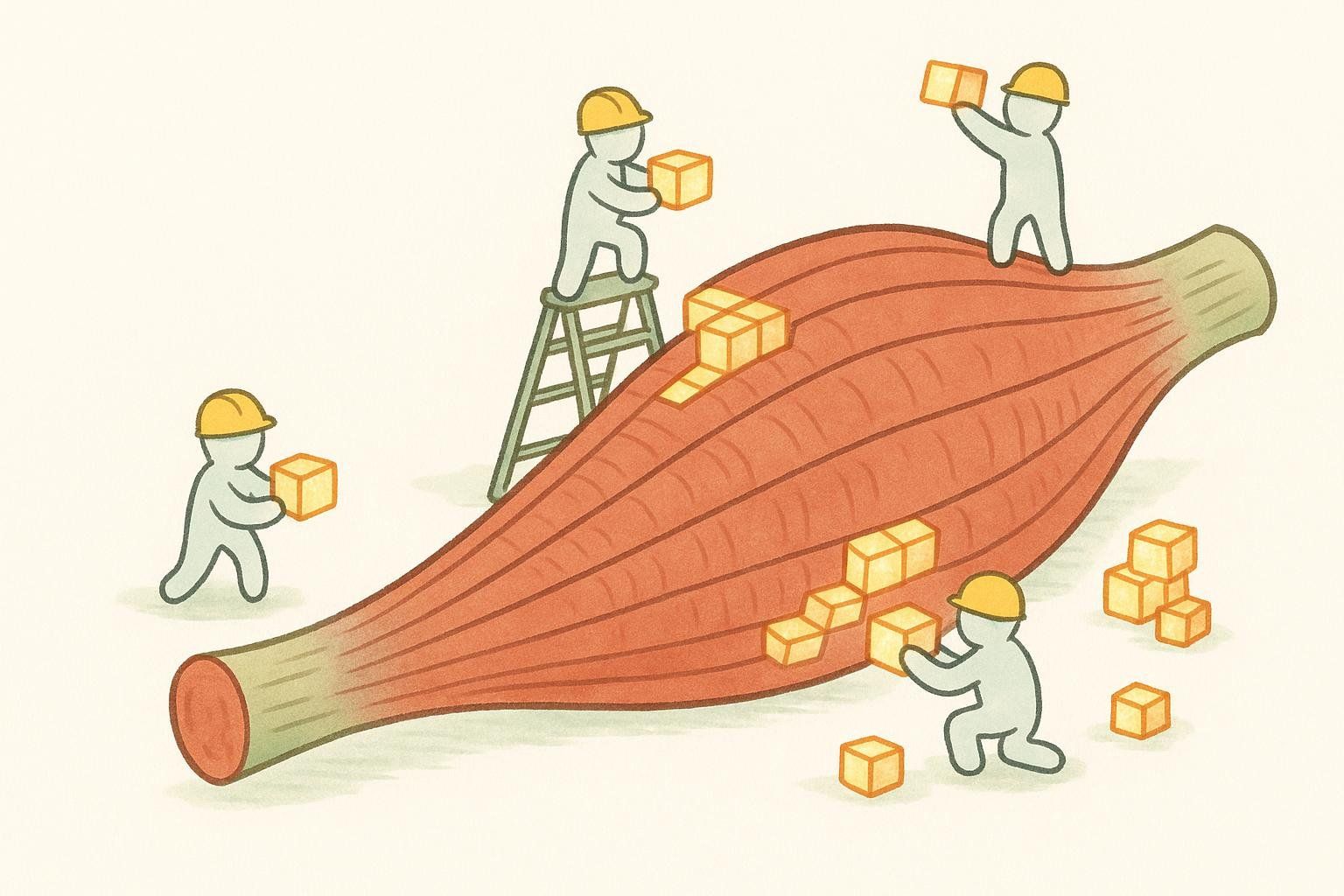
Major Anabolic Hormones
- Insulin – shuttles glucose and amino acids into cells, kick-starting protein and glycogen synthesis.
- Testosterone & Estrogen – stimulate muscle growth and tissue repair.
- Growth Hormone (GH) & IGF-1 – amplify protein synthesis and bone formation.
Everyday Anabolic Examples
- Post-workout muscle repair—micro-tears from lifting are patched with new proteins, enlarging fibers.
- Childhood growth spurts—rapid cell division and bone expansion.
- Healing a cut—collagen production rebuilds skin.
The “Anabolic Window” Myth
You’ve probably heard the common advice to consume a protein shake immediately after training. A 2013 review in the Journal of the International Society of Sports Nutrition found that muscles remain sensitized to amino acids for at least three to four hours after consuming a balanced pre-workout meal. Aim instead for a total daily protein intake of 0.7–1.0 g per lb of body weight.
What Is Catabolism?
Catabolism is the demolition team. It dismantles carbs, fats, and sometimes proteins to free up ATP. While that sounds negative, catabolism supplies the energy that powers every heartbeat and squat rep.
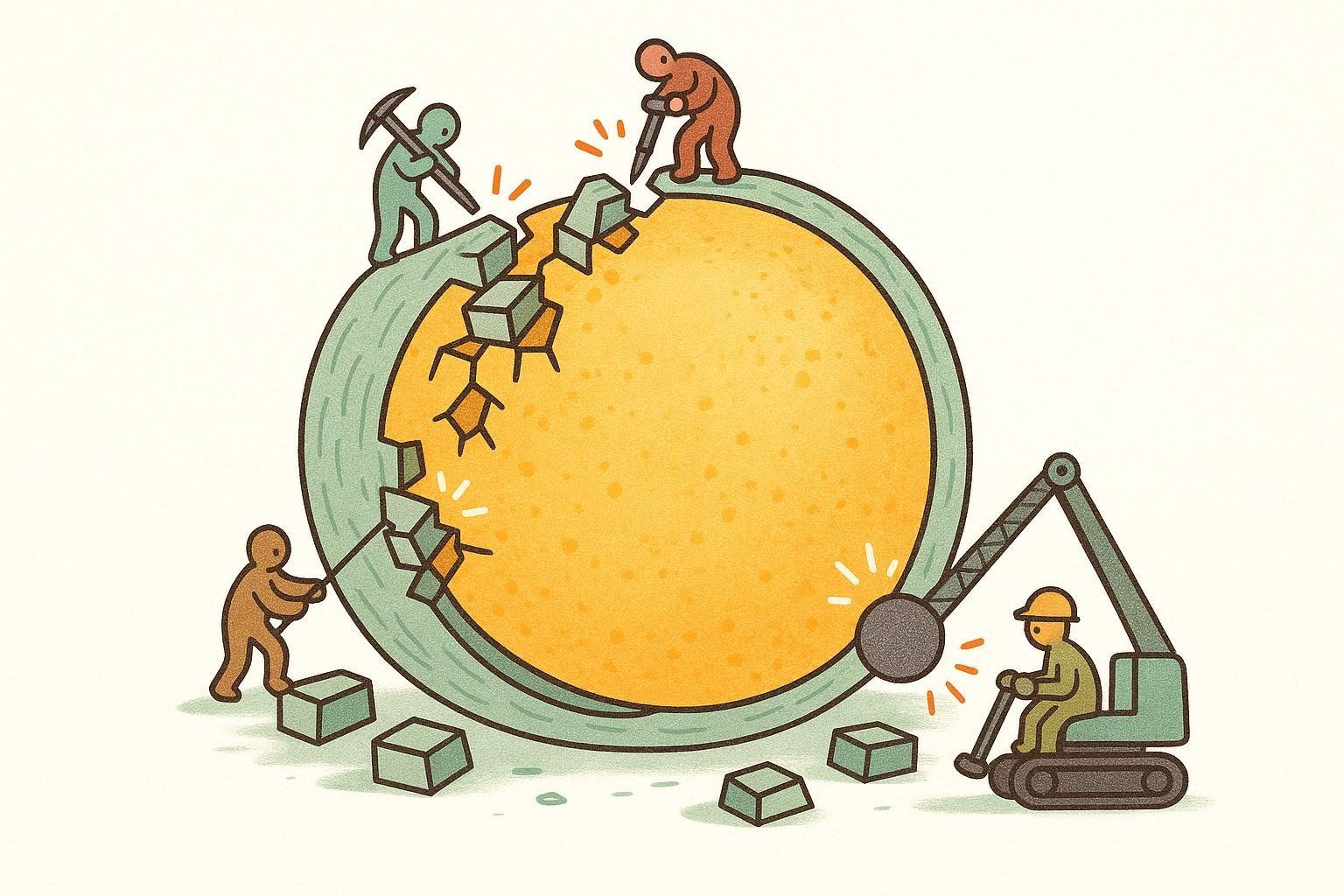
Major Catabolic Hormones
- Cortisol – rises with physical or emotional stress; mobilizes glucose and amino acids.
- Glucagon – signals the liver to release stored glucose when blood sugar dips.
- Adrenaline – spikes during fight-or-flight; accelerates glycogen and fat breakdown.
Common Catabolic Pathways
- Glycolysis – splits glucose to yield quick ATP.
- Beta-oxidation – chops fatty acids into acetyl-CoA for the Krebs cycle.
- Proteolysis – breaks down muscle protein during prolonged fasting or extreme endurance exercise.
Why You Need Both States
Life is a constant balancing act between building up and breaking down. Optimal health isn’t about choosing one over the other—it’s about cycling them wisely.
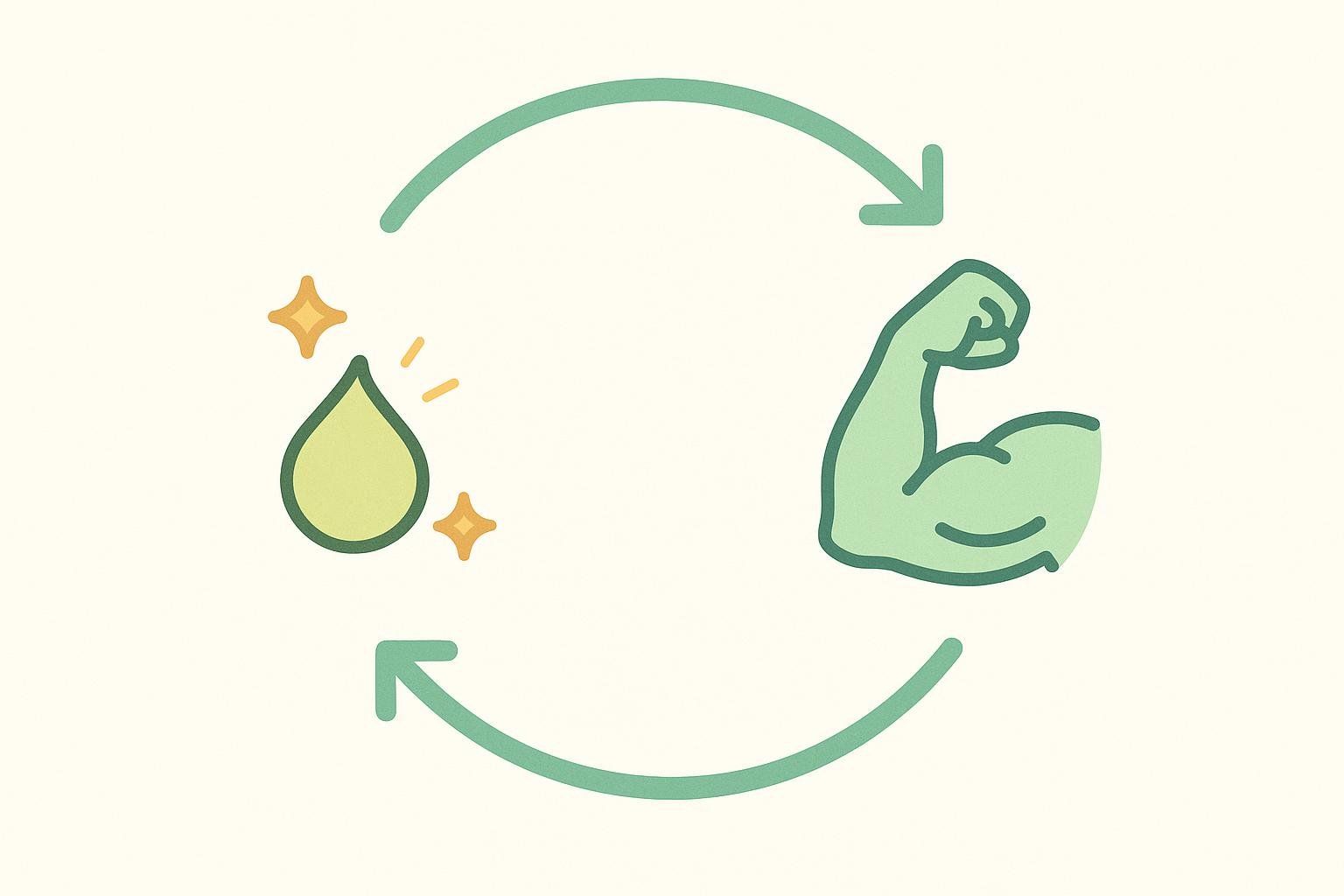
- Training adaptation: intense workouts trigger catabolic breakdown; rest and nutrition flip the switch to anabolism for growth.
- Energy management: during a long run, catabolism prevents you from bonking by tapping stored glycogen and fat.
- Cellular cleanup: catabolic processes like autophagy recycle damaged cell parts, keeping tissues young.
Hormone Cheat-Sheet
| Hormone | Primary State | Trigger | Key Effect |
|---|---|---|---|
| Insulin | Anabolic | Carbohydrate-rich meals | Drives glucose & amino acids into cells |
| Growth Hormone | Anabolic | Deep sleep, high-intensity exercise | Stimulates protein synthesis |
| Testosterone | Anabolic | Resistance training, adequate fats | Increases muscle-protein accretion |
| Cortisol | Catabolic | Stress, sleep deprivation | Liberates amino acids & glucose |
| Glucagon | Catabolic | Low blood sugar, fasting | Releases liver glycogen |
| Adrenaline | Catabolic | Acute stress, HIIT | Boosts glycogenolysis & lipolysis |
Training Tactics: Flipping the Metabolic Switch
You can strategically influence your metabolic state by tailoring your workouts. Here’s how different training styles tip the scales:
- Heavy Resistance Training (2–4× weekly): A 2022 study in the Journal of Strength and Conditioning Research observed large acute hormonal spikes during multi-joint lifting. While the authors cautioned that these spikes do not directly drive long-term hypertrophy, decades of research show resistance exercise still stimulates muscle-protein synthesis when nutrition and recovery are dialed in.
- Moderate-Duration Cardio (30–40 min at 60–70 % max HR): A 2013 study in the Journal of Sports Science & Medicine showed that this pace spares muscle glycogen by relying on a higher percentage of calories from fat.
- High-Intensity Interval Training (HIIT): A 2022 systematic review in Nutrients reported elevated post-exercise muscle-protein synthesis after HIIT sessions, especially when paired with protein.
- Planned Deload Weeks: Reducing training volume or intensity every 4–8 weeks helps your nervous system recover and prevents prolonged catabolic stress.
Want a step-by-step routine? Our 4-day upper/lower split lays out sets, reps, and recovery tips.
Nutrition Strategies to Support Anabolism (and Tame Catabolism)
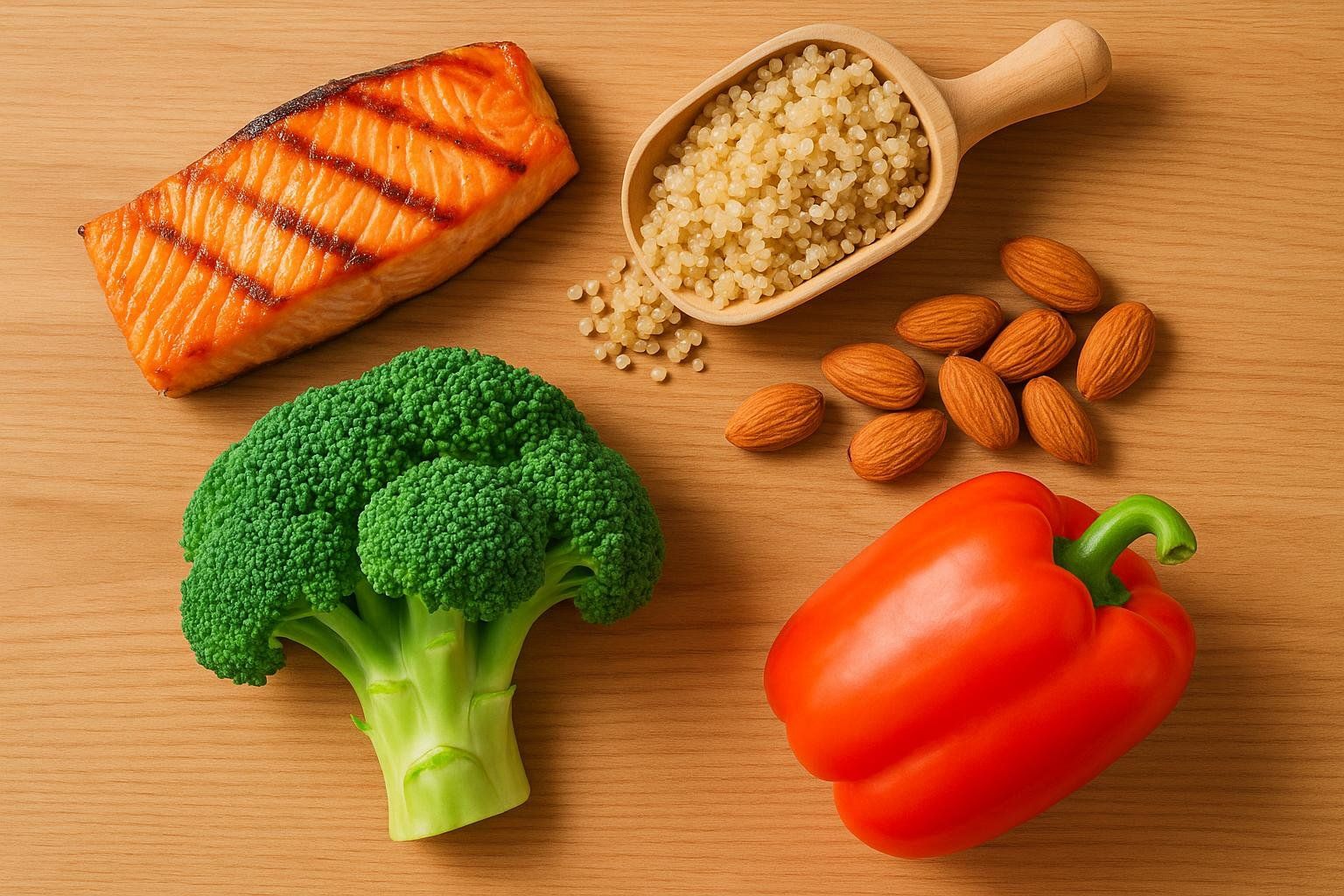
| Nutrient | Daily Target | Why It Matters |
|---|---|---|
| Protein | 0.7–1.0 g per lb (1.4–2.0 g/kg) | Supplies amino acids for muscle repair. |
| Carbohydrates | 5–7 g/kg for ≈ 1 h/day activity | Refills glycogen, fuels performance, and elevates insulin, which promotes an anabolic state. |
| Healthy Fats | 20–35 % of calories | Essential for hormone production, as outlined in the Dietary Guidelines for Americans. |
| Hydration | ≈ 35 mL per kg body weight baseline | Adequate fluids aid nutrient transport and recovery, as summarized in a 2022 review on hydration management in sports. |
Sample Day for a 180 lb Lifter
- Breakfast: High-protein Greek yogurt parfait
- Lunch: Burrito bowl with lean chicken, avocado, and complex carbs
- Pre-Workout: Banana plus whey shake for quick fuel
- Dinner: Salmon with quinoa and roasted vegetables for balanced macros and omega-3s
- Before Bed: Cottage cheese topped with berries for slow-digesting nighttime protein
Illustrative example only—adjust foods and portions to your personal needs.

Lifestyle Levers
- Sleep 7–9 hours: deep sleep is when growth hormone peaks. Learn more in our deep dive on sleep and muscle recovery.
- Manage stress: meditation, walks, or journaling help keep cortisol in check.
- Limit alcohol & smoking: both blunt testosterone and growth hormone.
- Stay active outside the gym: non-exercise activity thermogenesis (NEAT) gently boosts daily energy expenditure without over-training.

Tracking Progress: Using DEXA Scans to Measure Body Composition
Regular bathroom scales lump everything—muscle, fat, water—into one number. A BodySpec DEXA scan separates lean mass, fat mass, bone density and precisely measures visceral fat—the deep abdominal fat strongly linked to cardiometabolic risk. By pairing these metrics with your training and nutrition logs, you can see whether your program is truly shifting the anabolic–catabolic balance in your favor—or where to adjust.
Curious how DEXA stacks up against other tools? Our side-by-side explainer on InBody vs. DEXA scans breaks down accuracy, cost, and use cases.
FAQs
Is catabolism bad?
No. Catabolism is vital for energy production and cellular cleanup. Problems arise only when catabolic stress (e.g., excessive cardio, chronic dieting, poor sleep) outpaces anabolic recovery.
Does being “catabolic” mean I’m burning fat?
Sometimes. Catabolism can target carbs, fat, or protein depending on fuel availability and hormone signals. Smart fueling directs catabolism toward fat while sparing muscle.
How do I switch into an anabolic state?
Combine resistance training, adequate calories—especially protein and carbs—and quality sleep. These factors lower cortisol and elevate insulin, testosterone, and growth hormone.
Key Takeaways
- Anabolism builds; catabolism breaks down. Both are necessary, but balance is key.
- Hormones run the show. Train, eat, and sleep in ways that raise anabolic hormones and control excessive cortisol.
- Cycle your training. Pair strength sessions with strategic cardio and recovery weeks.
- Fuel wisely. Hit daily protein goals and time carbs around workouts.
- Measure what matters. A BodySpec DEXA scan reveals if you’re actually gaining muscle or just weight.
Master the dance between build-up and breakdown, and you’ll unlock a fitter, healthier you.
